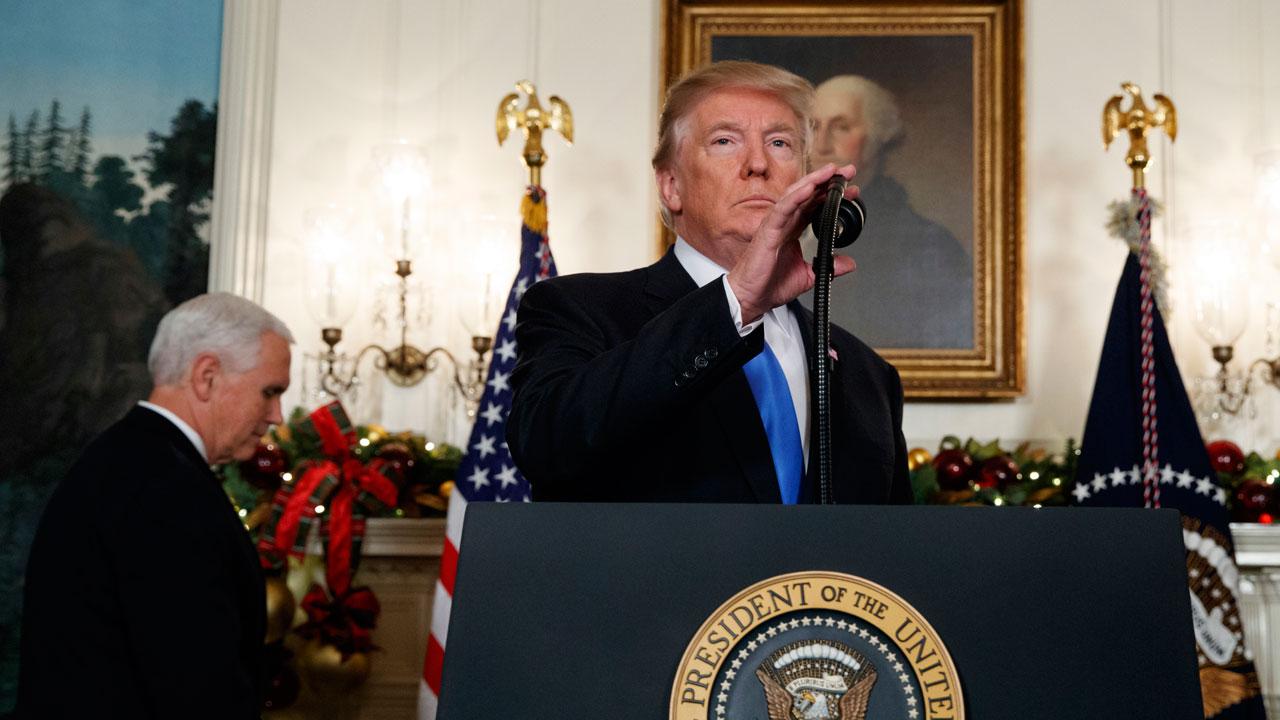Trump's tax reform win paves way for infrastructure spending and higher stock prices
It is indisputable that 2017 was a solid year for the U.S. economy, with unemployment dipping, consumer confidence increasing, and the major U.S. stock indexes slashing records time and time again.
At the end of the year, the stock market’s advance picked up extra impetus as the Republicans pushed forward with passing a “historic” tax reform package.
Now, with tax reform on track to be put into law by year-end, investors are already even more optimistic about what is in store for 2018. While most banks have increased their forecasts for the U.S. economy and equities thanks to tax reform, there is reason to believe that 2018 could be even better than 2017, the potential for U.S. President Trump to implement a large-scale infrastructure spending program.
At their year-end recap on the markets’ performance in 2017, Wells Fargo Investment Institute leaders noted that in 2017, while they were expecting a positive performance for the markets, the magnitude of the upside was a “surprise.” And, when asked what factor could possibly cause markets to increase again in 2018, Wells Fargo Investment Institute’s President Darrell Cronk told FOX Business, “infrastructure spending.”
Trump has touted spending $1 trillion on advancing America’s aging infrastructure and according to the International Monetary Fund (IMF), increasing infrastructure spending by 1% of GDP in advanced economies raises GDP by 0.4% in the same year and by about 1.5% in four years. Even better, it does so without increasing the debt-to-GDP ratio.
JPMorgan & Chase is also bullish on the potential impact of infrastructure spending. In a report on America’s infrastructure, JPMorgan noted that, “improving the country’s transportation grid will likely increase the economy’s potential for future growth. When workers can’t commute rapidly from the suburbs into dense city centers, the nation’s most dynamic labor markets begin to stagnate. Similarly, if finished goods can’t be transported quickly to customers, shipping bottlenecks will impose drags on manufacturers.”
JPMorgan added that America’s outdated infrastructure spending also costing the country over $160 billion annually, and this will only increase as the population grows.
While infrastructure development could boost the U.S. economy, it is also a necessity. The American Society of Civil Engineers most recent report card gave the country’s infrastructure a D+ rating. While the argument behind infrastructure development is easy to raise, the hard part is getting the money to do so, with increased spending having to come from taxes or by adding to the deficit.




















